Brick-and-mortar retailers of just about any category have one thing in common: some products sell more than others.
To complicate matters, these retailers may invest both money and space stocking items that they don’t know how to market to shoppers. Thankfully, there is a time-tested technique that can help retailers of all shapes and sizes bring overlooked products into focus—it’s called cross-merchandising.
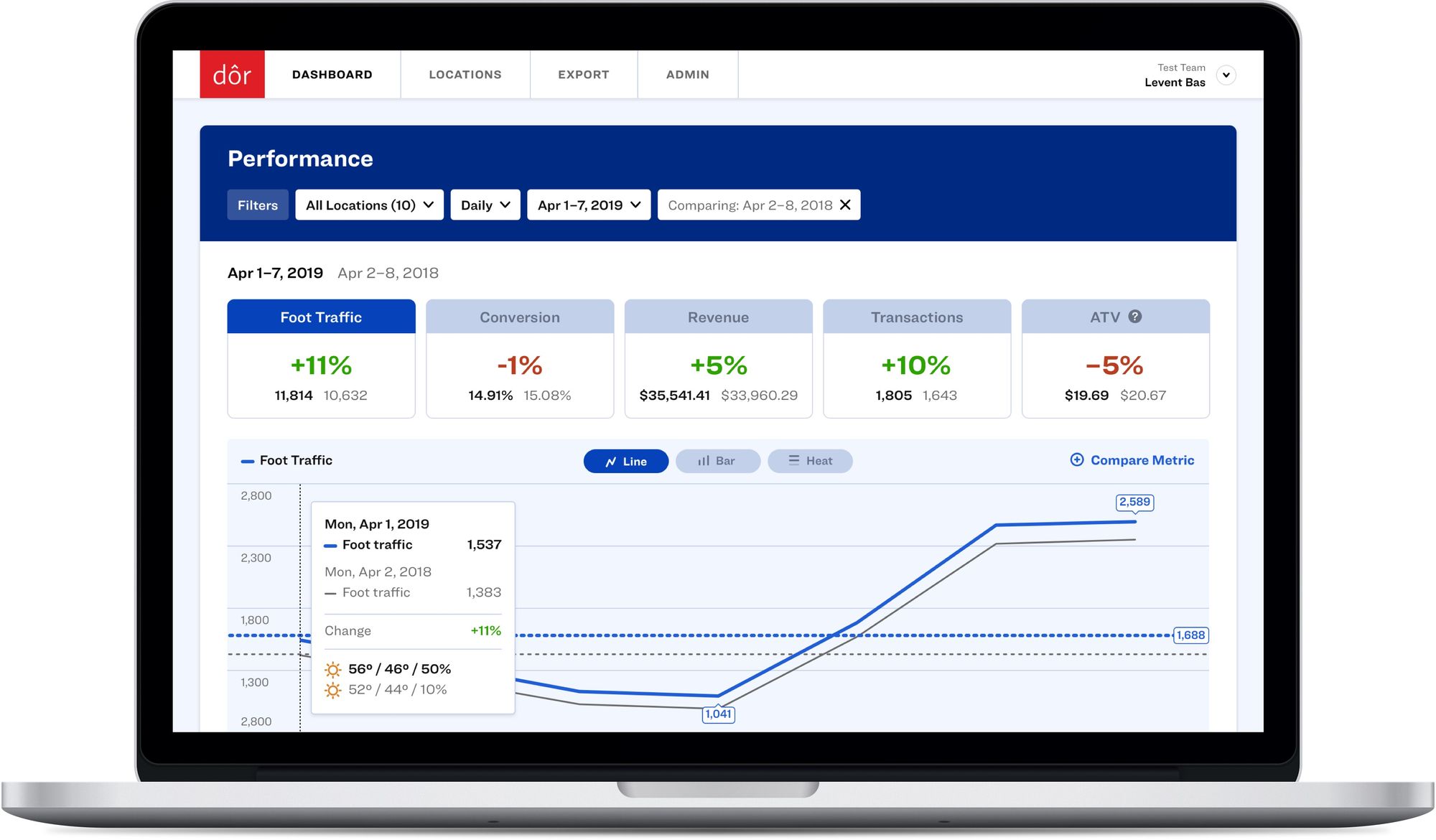
Did you know that a 1% increase in your store’s conversion rate can mean a 10% increase in revenue?
Click here to discover how Dor can help you understand your foot traffic data and make more profitable business decisions.
Ready to purchase? Complete your purchase in just minutes!
What’s cross-merchandising in retail?
In the world of retail, cross-merchandising means the practice of grouping complementary products together. This practice—which is also known as “secondary product placement”—can be done in multiple ways, batching products by theme, category, or even color.
Grocery stores are among the best examples of retailers that regularly do cross-merchandising: think bottle openers and snacks showcased near beer, or nail polish showcased next to polish remover and cotton balls, and you’ll get the idea.
Why should retailers invest in cross-merchandising?
Cross merchandising is often touted as a “win-win” scenario that benefits both retailers and customers. Here are a few areas that can be improved with the right cross-merchandising strategy:
Sales
When done well, cross-merchandising can increase sales and boost your customers’ units per transaction (UPT) as well as their average transaction value (ATV) by encouraging them to buy products they might normally overlook.
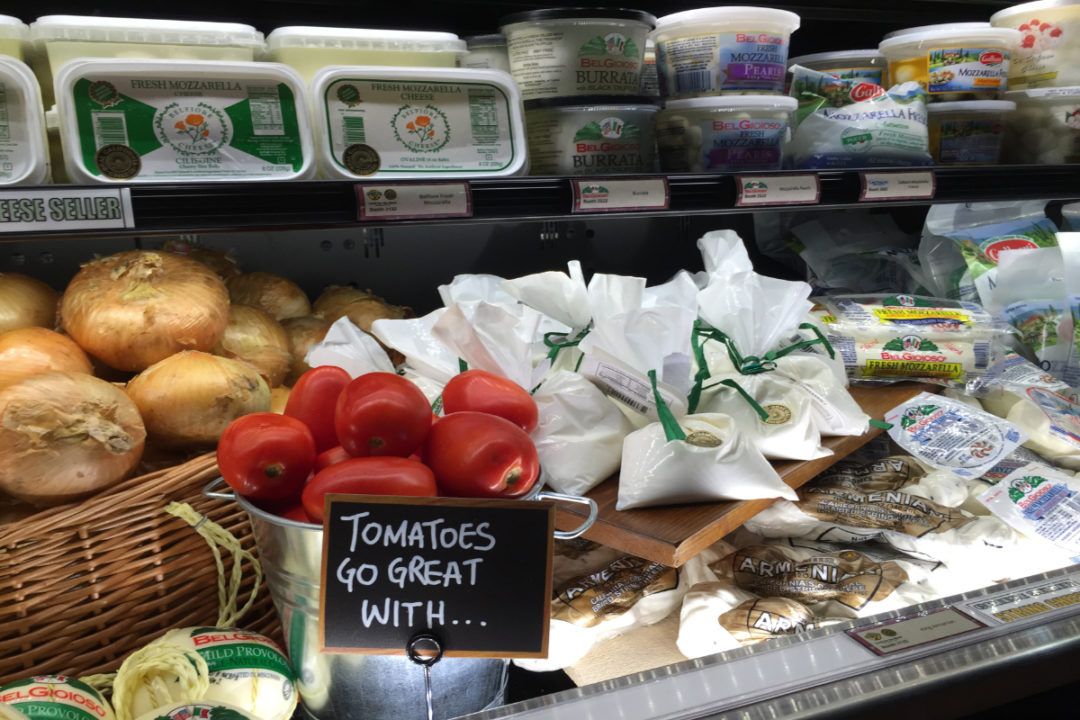
Promotions
Cross merchandising also has the advantage of introducing customers to products they may not know your retailer carries. By placing rarely purchased products front and center—next to oft-purchased items—retailers can promote a wider range of their inventory directly to shoppers.
Related: 15 In-Store Promotion Tactics to Increase Retail Sales
Customer experience
From the customer’s perspective, the biggest advantage of cross-merchandising is convenience, as it saves them both time and energy. Finding complementary items without needing to browse through the entire store improves shoppers’ experience at your retailer and ultimately boosts customer loyalty.
12 things to know for cross-merchandising at brick-and-mortar stores
1. The type of complementary products you choose matters
When it comes to cross-merchandising, you can go with a few different strategies in terms of picking product types. One option is to go for evergreen complementary products, which are often used together, no matter the time of year (think pens and notebooks displayed together).
Then, there are seasonal complementary products, which go together during certain times of the year (like face paint and candy for Halloween).
A third option is to focus on customer persona-based complementary products or items that are frequently purchased together by a certain type of customer (books on childrearing sold near diapers, for instance).
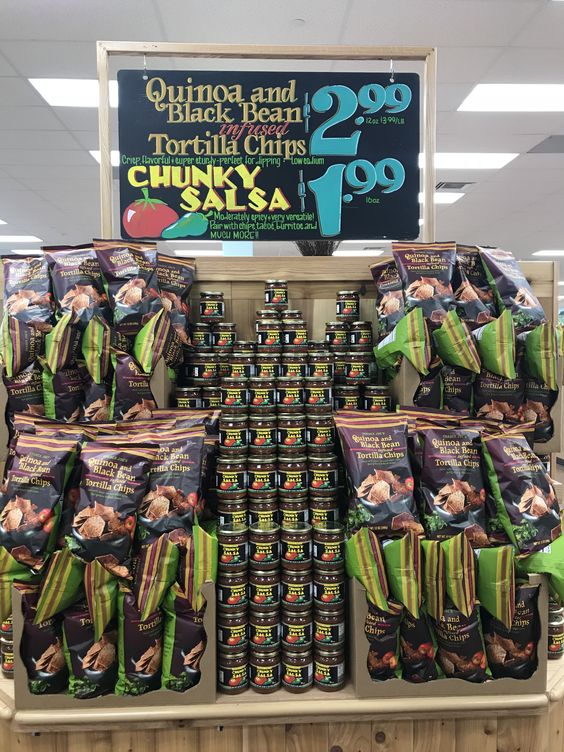
2. Your choice of display also matters
How you display your cross-merchandising items will largely depend on the type of retailer you manage. While simply placing items on a table or counter may work well for a mom-and-pop store, mid-sized discount stores may fare better with aisles featuring complementary products.
Clothing and accessories retailers may want to opt for mannequins, while a boutique shop may choose to devote a bespoke fixture or display case to cross-merchandising. The important thing is to be thoughtful and intentional with your choice of display area for your cross-merchandising items.
3. Pay attention to pricing
A great way to incentivize customers to purchase complementary products is to bundle them into a single price, which has an undeniable psychological effect on consumers. According to real-time e-commerce price intelligence platform Intelligence Node, “Bundle pricing convinces consumers they’re getting a bargain—even if they wouldn’t otherwise buy the additional items, and occasionally even when the bundled items are more expensive than purchasing the items separately.”
Another alternative is to go with a BOGO deal—such as “buy one, get one half off” or even “buy one, get one free”—although this strategy is best reserved for underperforming items with very low-profit margins.
Related: How to Price a Product in Retail: 6 Steps You Have to Know
4. Cross merchandising is also a great way to promote slow-moving items
One way retailers can use cross-merchandising to their advantage is to move traditionally slow-selling items next to frequently purchased ones.
To go back to our grocery store example, a smart store manager may place apple peelers near apples, or corn holders near corn cobs, or even a French press near packs of ground coffee… You get the picture.
5. Respect your bestsellers
Bookstores aren’t the only type of retailer that could benefit from a “bestseller” section… If there are certain items or groups of items that customers purchase again and again, why not place them center stage?
Doing so will not only give easy access to your longtime customers, but it can also introduce your bestsellers to first-time shoppers visiting your retailer.
6. Consider telling a story through your display
Lifestyle-oriented retailers such as clothing and furniture shops often dedicate sections of their store to aspirational mise-en-scènes that give customers ideas on how to combine different items.
Whether it’s a mannequin wearing clothing and accessories from the store or IKEA’s carefully curated room scapes, these displays of complementary products serve to inspire customers and encourage them to walk out of your store with more than just the item they originally intended to buy.
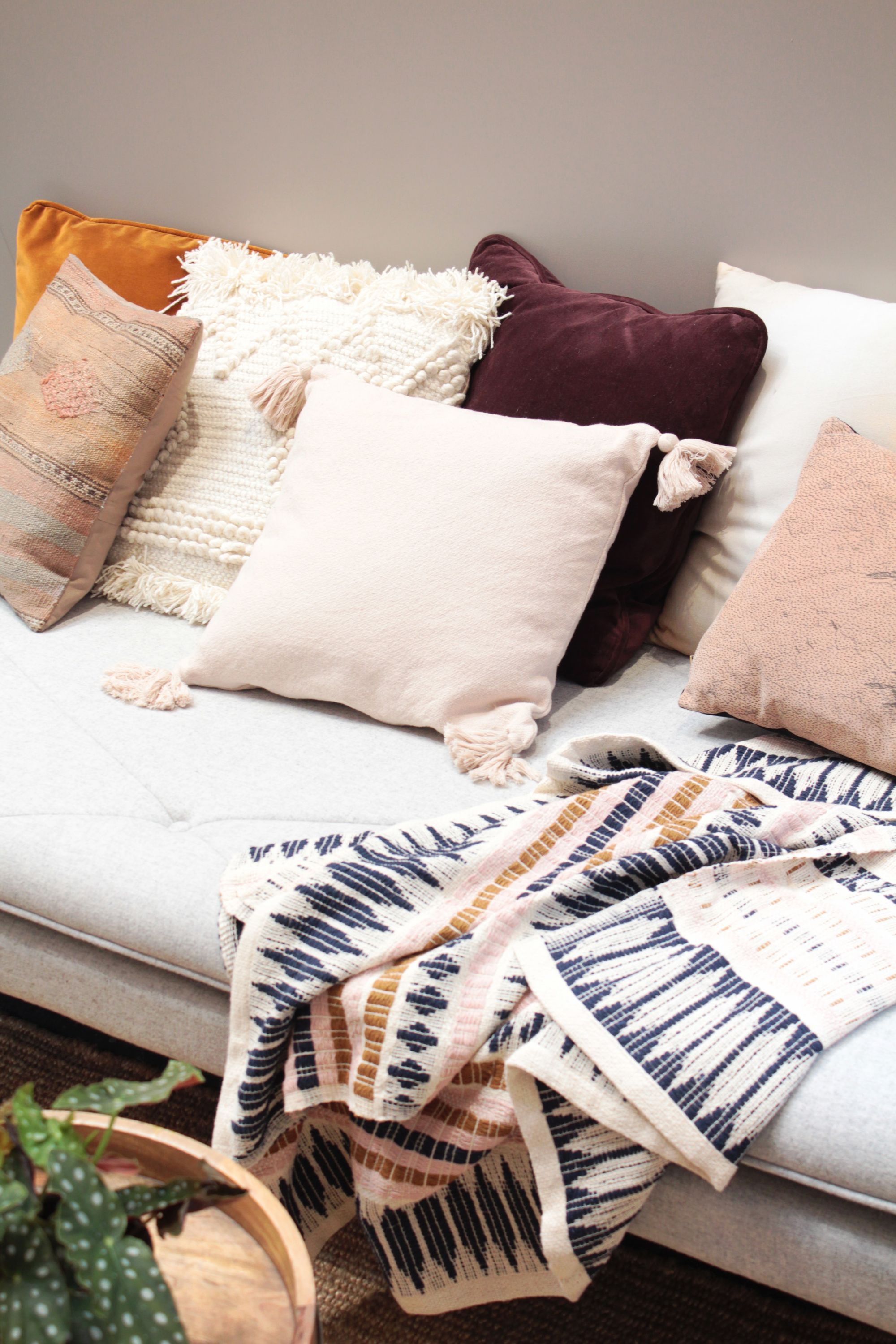
7. Cross merchandise higher-profit-margin items next to the “original” items
Another clever cross-merchandising trick is to place similar items together as a means of encouraging customers to buy the one with a higher profit margin—just think of grocery stores that offer pre-cut fruit and veggies next to whole produce, or electronics shops that place wireless headphones next to the more traditional, wired ones.
If you want to employ this strategy, it’s important that the item with a higher profit margin also offers some sort of convenience to shoppers—otherwise, customers will just opt for the lower-priced item, thus defeating the purpose of your cross-merchandising display.
8. Offer product samples and demonstrations
Whether you’re introducing a new product or simply want to draw your customers’ attention to an existing one, offering product samples is a great way to get shoppers to interact with your inventory.
Depending on the type of retailer you manage, this could take the form of product demonstrations or handing out product samples (especially popular among food & drink purveyors).
9. Get into the data
It’s important that your customers understand the rationale behind why certain items are displayed together, so why not make use of customer-generated data when creating cross-merchandising displays? Retailers that use a smart point-of-sale (POS) device can easily view past sales data to see which items are most frequently purchased together, then create cross-merchandising displays to drive sales of those product pairs even further.
If you’re a retailer with multiple stores, you can even compare sales results across locations to get a more holistic view of different customer personas and preferences.
Related: POS for Retailers: How to Choose and What to Know
10. Use your store as a testing lab for cross-merchandising
Sometimes, it takes a little experimentation to see which cross-merchandising displays give your retailer the most bang for your buck, so don’t be afraid to try something different—be it switching up your display, pricing, etc.—and see how well your customers respond.
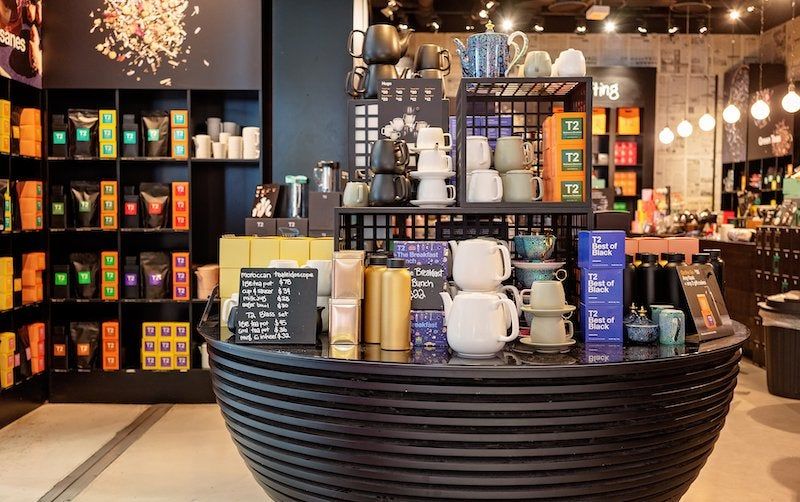
11. Don’t overcrowd your displays
This may seem like a no-brainer, but its importance cannot be overstated: if you want your customers to focus on your cross-merchandising items, make sure you aren’t overwhelming them with choices. As a general rule, we recommend limiting your cross-merchandising displays to 3 to 5 items.
12. Stay on top of industry trends
The perfect cross-merchandising idea for your store might be one you simply haven’t thought of yet. To see what’s trending at other stores, it’s a good idea to occasionally visit your competitors and keep an eye out for their cross-merchandising tactics.